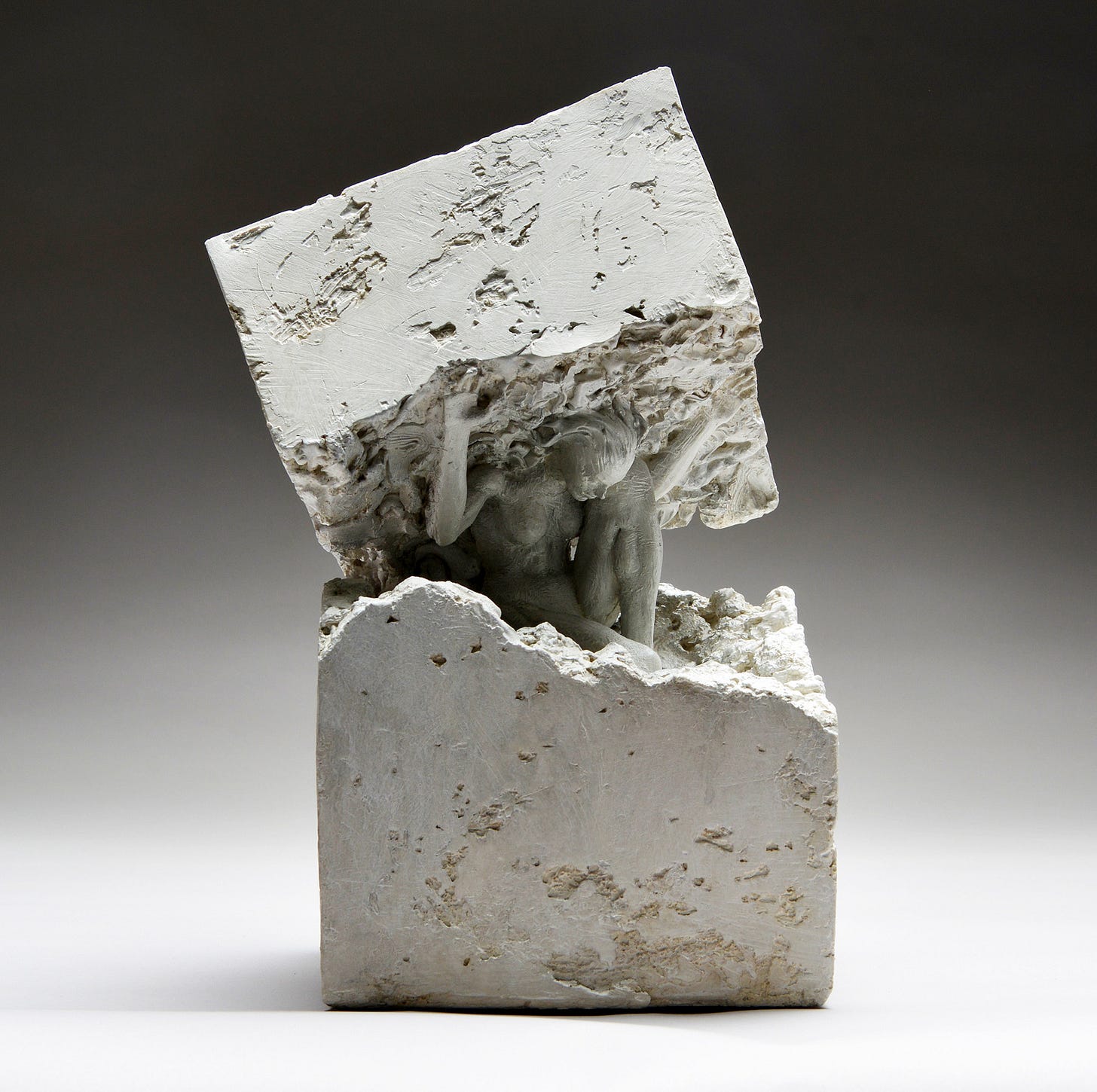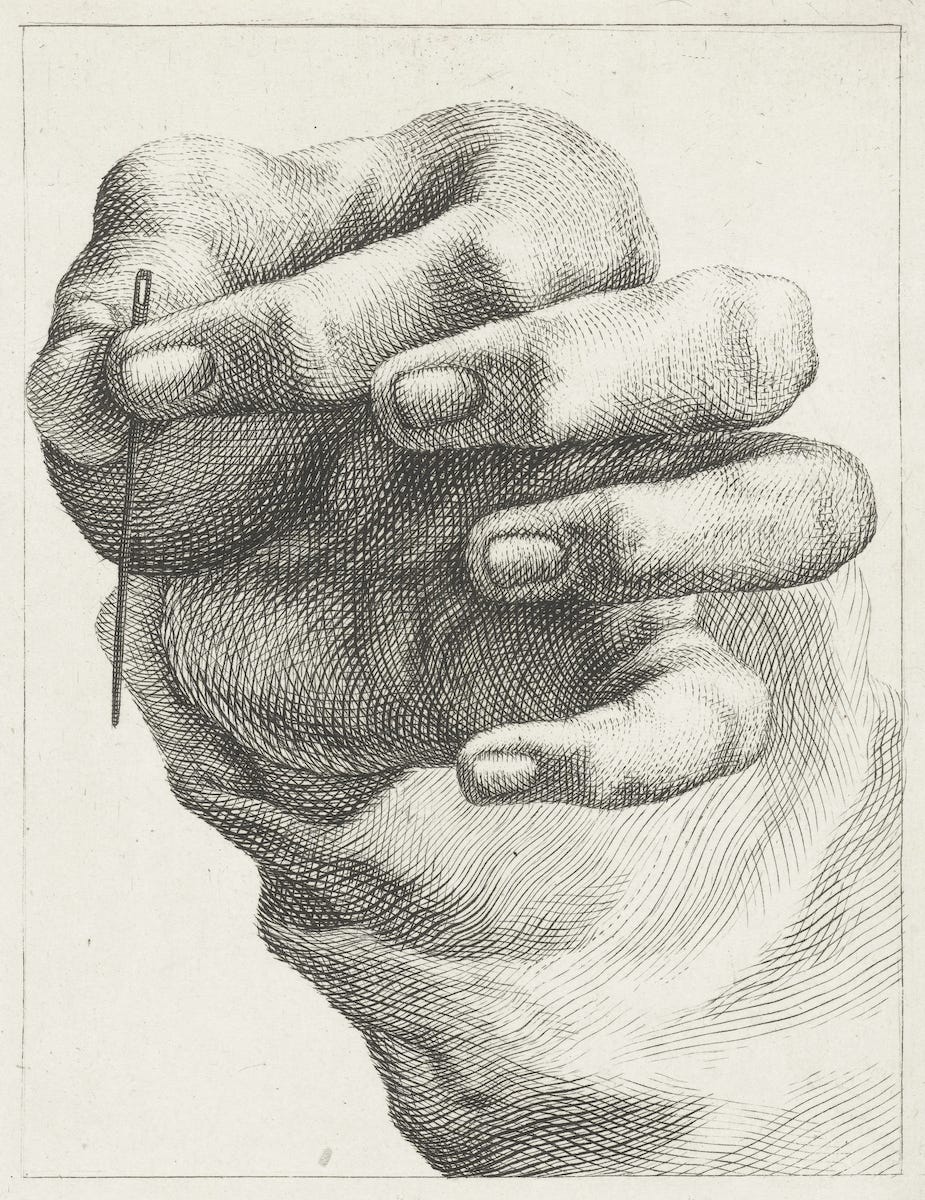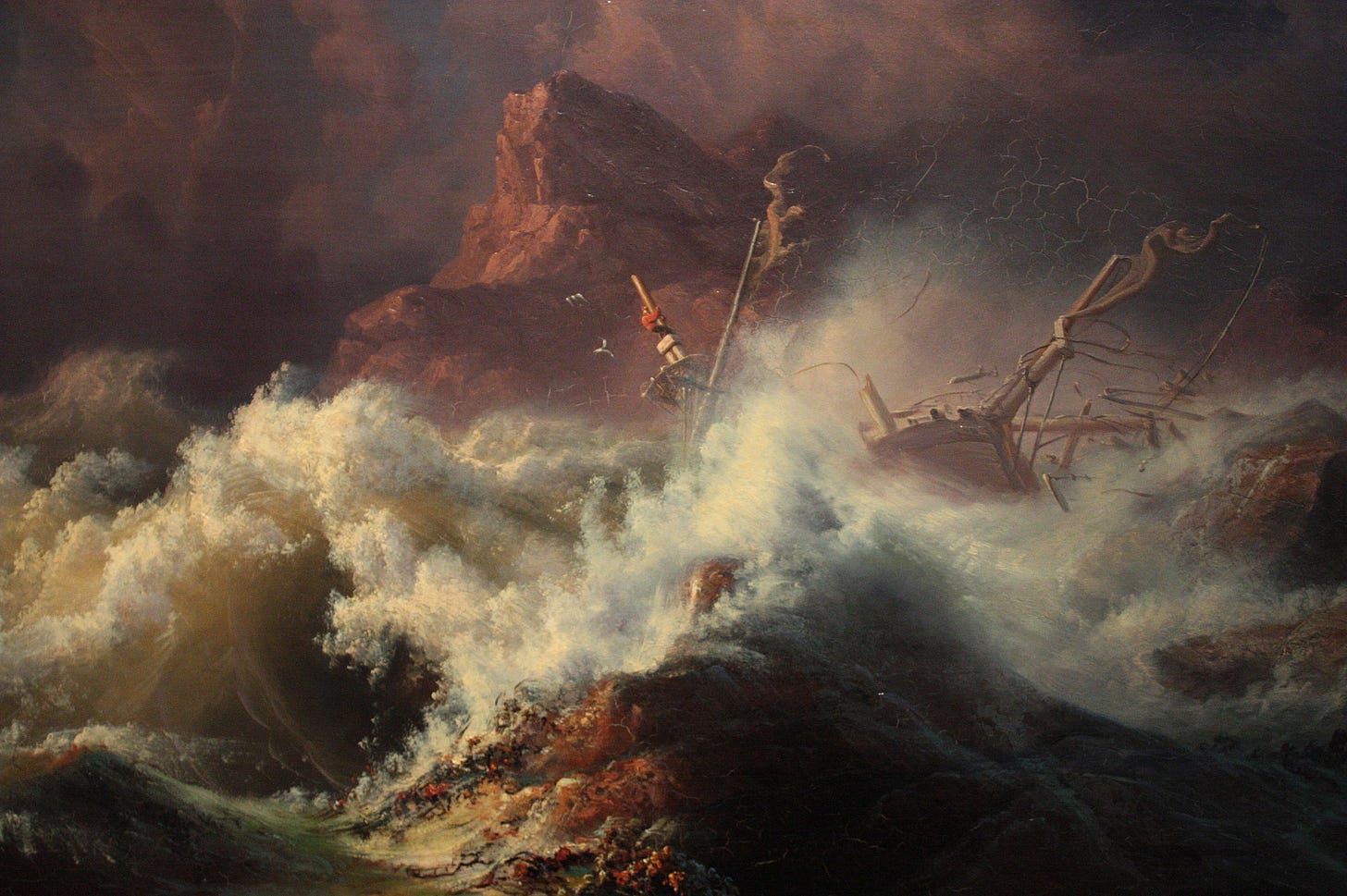In The Master and His Emissary, Iain McGilchrist argues that “Metaphoric thinking is fundamental to our understanding of the world, because it is the only way in which understanding can reach outside the system of signs to life itself. It is what links language to life.”
Phenomenologists Alfred Schutz & Thomas Luckmann describe this acquisition of knowledge as “the sedimentation of current experiences in [already existing] meaning-structures”1.
Each experience is understood only in reference to previous experiences, and when you follow that chain to its origins you find the direct embodied experience of our senses. McGilchrist points out that “the very words which form the building blocks of explicit thought are themselves originally metaphors, grounded in the human body and its experience.” Hence we may grasp a new concept, reach for an apt description, or find we can’t “put a finger on” an elusive point.
I think it is possible then, that learning physical skills can help broaden our ability to learn almost anything, including abstract concepts, by providing us with a larger library of metaphors from which to draw. Working with different materials that have different characteristics, working with different tools, and solving different kinds of problems in the material world can exponentially expand the set of ‘lenses’ through which we view other types of ideas and challenges.
often argues that true agency can not be found in mere choice. Rather, he argues, that our agency only emerges when we come up against and navigate the limitations of a structure - be it the grammar of a language we seek to learn or the physics of the musical instrument we are playing.In many ways our culture has drifted away from such agency and towards a passive, consumerist model of choice that frees us from submitting to such structures. In The World Beyond Your Head, Crawford illustrates this shift by comparing the cartoons of the early-mid 20th century with one of Disney’s contemporary offerings.
Early cartoons depicted a world in which the heteronomy of the physical world was exaggerated, dramatic, and humorous. From ironing boards to retractable blinds to grandfather clocks, the material objects of our environment were threats that required skilled navigation, agility, quick wit, and even some basic understanding of physics.
In contrast, Crawford describes the contemporary Micky Mouse Clubhouse show. The environment has been stripped of all this material chaos and agency. The frustration of heteronomy has been smoothed away. In its place, a variety of technological tools gently solve problems on behalf of the characters. Their decision making is largely limited to choosing amongst solutions on a computer menu. Slapstick is out, techno-paternalism is in.
Arguably, this culture of convenience doesn’t merely strip us of the experiences of rubber-to-the-road engagement, but also narrows our mental models into ones where we view the world in more passive, mechanistic terms.
In my early 20s I got a job in a metal fabrication shop. It was dirty and dangerous and brought me to life. I found the combination of problem-solving and physical labour to be inspiring and empowering. I was continually pushing against limits - how accurate can I be? How strong can I be? How can I streamline this repetitive task? What is the optimal balance of speed and precision? There was a beauty to the seamless interface of my mental assessments of the problem in front of me to the precise control of my body in enacting the solutions. There was an elegance to the way my brain absorbed the tools I used to make them an extension of my body. There was a romance to the small, intimate observations of my materials, such as the gentle warming of a piece of metal in my hand when it experienced friction against a tool, or the observation of a curling helix of steel and what it told me about the quality of my drill bit’s cutting edge. Unlike a lot of the knowledge work that I have done before and since, the results were observable and gratifying. My world opened up in many ways as I observed it through the new lenses of my material and procedural learnings.
As it turns out, it is only the right hemisphere of the brain that can understand metaphor, and therefor the right hemisphere that is key to absorbing new information. Its ability to do so is connected to the fact that it is the hemisphere that has a living relationship to the body.2
Though the left hemisphere controls aspects of the body, its experience is disembodied. It views the body as a dead, mechanistic object in the world. When the right hemisphere is subdued (e.g. through injury, anesthesia or magnetic pulse), one sees disturbing behaviours and perceptions as the left hemi’s stance towards the body is revealed.
For instance, a patient with a paralyzed limb may insist that the limb actually belongs to the person in the next bed over, or may describe their torso as made of wooden planks forming wooden compartments through which food travels. Conditions such as eating disorders are also correlated with over-reliance on the left hemisphere.3
The embodied, implicit nature of the right hemisphere doesn’t only allow us to learn new concepts. It also allows us to understand and experience interconnectivity. Just as metaphor carries us across a gap (meta- across, phor- carries), the right hemisphere lives in relationship - to others, to our environment, to past and future. And indeed, metaphors always pull in two directions - one can’t liken A to B without likening B to A. Bruno Snell discusses Homer’s metaphor of a brave warrior likened to a rock amidst crashing waves, wherein the rock is described as ’steadfast’. “Thus it is not quite correct to say that the rock is viewed anthropomorphically, unless we add that our understanding of rock is anthropomorphic for the same reason that we are able to look at ourselves petromorphically…”4
These days my day job is in a sculpture studio. We use a staggering number of materials and tools to produce the works of artist David Robinson. We are steeped in the material world, and this feeds my sense of connectivity. A couple of years back now I looked up the title of one of David’s sculptures, Mantle.
These many definitions of mantle, ranging as they do from literal to metaphorical, technical to poetic, biological to industrial to geological to hierarchical, tell a beautiful story of how so much of our understanding of the world is derived from the right hemisphere. The side which playfully leap-frogs between associations. The side that’s at peace with ambiguity and holds paradox in an open hand. The side which quietly knows we’re all so connected that a barnacle and a blast-furnace are cousins.
Thanks for reading,
~Sage
Schütz, Alfred, et al. The Structures of the Life-World. Northwestern University Press, 1985. via Matthew Crawford, The World Beyond Your Head
McGilchrist, Iain. The Master and His Emissary: The Divided Brain and the making of the Western World. New Haven: Yale University Press, 2019.
McGilchrist, Iain. The Master and His Emissary: The Divided Brain and the making of the Western World. New Haven: Yale University Press, 2019.
Snell, Bruno. The Discovery of the Mind: In Greek Philosophy and Literature. Harper & Row, 1960. via Iain McGilchrist, The Master and His Emissary










